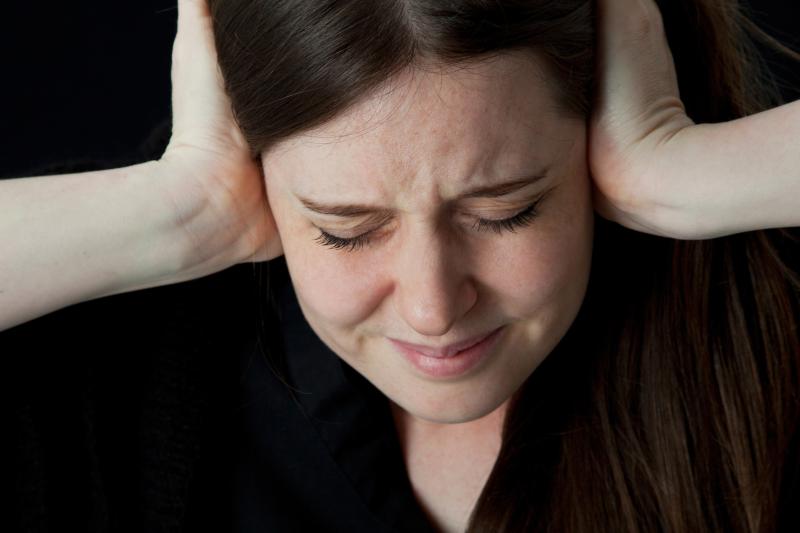
Distress occurs commonly among elderly individuals with type 2 diabetes mellitus (T2DM), according to a recent study, suggesting increased attention to psychological aspects of T2DM.
The 3-month cross-sectional study involved 519 community-dwelling adults (mean age, 68.38 years; 53.6 percent female). Among them, 276 (53.2 percent) were female and 243 were male. The majority of participants were married (70.7 percent) and had body mass index (BMI) ≥25 kg/m2 (75.0 percent), and half were sedentary (50.7 percent) and on oral medication (50.1 percent). There were 45.3 percent of participants who had diabetes complications, and 48.6 percent had polypharmacy.
Diabetes distress was identified in 48.6 percent of the population. On multivariable logistic regression analysis, distress was associated with female sex (odds ratio [OR], 1.94, 95 percent confidence interval [CI], 1.30–2.31), sedentary lifestyle (OR, 3.59, 95 percent CI, 1.43–9.03), complications (OR, 3.10, 95 percent CI, 2.06–4.67), BMI ≥25 kg/m2 (OR, 2.46, 95 percent CI, 1.54–3.94), disease duration <10 years (OR, 2.60, 95 percent CI, 1.56–4.31), and the presence of comorbidities (two: OR, 2.07, 95 percent CI, 1.19–3.61; three or more: OR, 3.51, 95 percent CI, 1.20–10.27).
The present data underscore the importance of considering mental health issues (especially distress), in addition to blood sugar level control, when managing T2DM in the elderly population, researchers said.
Diabetes distress is defined as the negative emotional burden of the condition, including worries about blood sugar control, existing comorbidity, presence of complications, indication of complications and access to treatments. Distress in this context comprises a wide range of emotions, such as anger, fear, guilt, frustration and shame. [Diabetes Care 2016;39:2126-2140; Int J Med Biomed Res 2013;2:113-124; Diabet Med 2017;34:1508-1520]